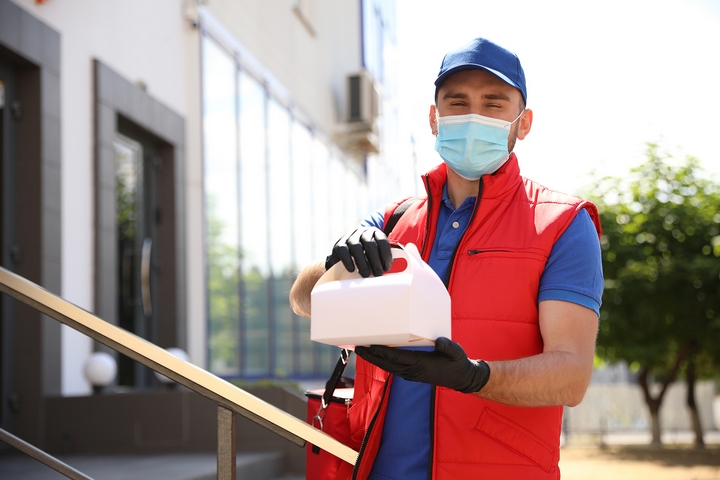Food delivery has exploded in the past year. As the pandemic has closed local restaurants everywhere, delivery became the lifeblood of what a lot of these businesses do. Safety in transporting food is central to ensuring the customer is taken care of and that they receive nutritious, tasty food free from bacteria growth and germs.
Here are the thirteen ways on how to ensure food delivery safety:
1. Avoid Exposure
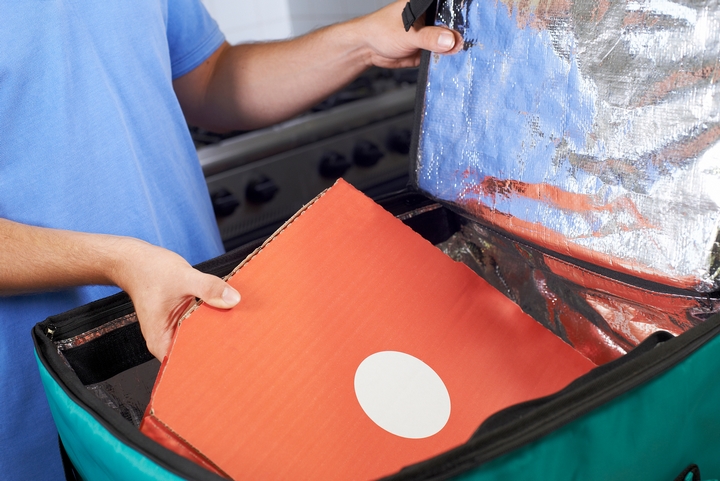
Temperature is the risk with food delivery. Food at the wrong temperature promotes the growth of germs. To this point, you don’t want to expose food to climate, weather, and temperature. Protecting food in containers and bags goes a long way in minimizing exposure.
2. Selecting the Right Food Delivery Company
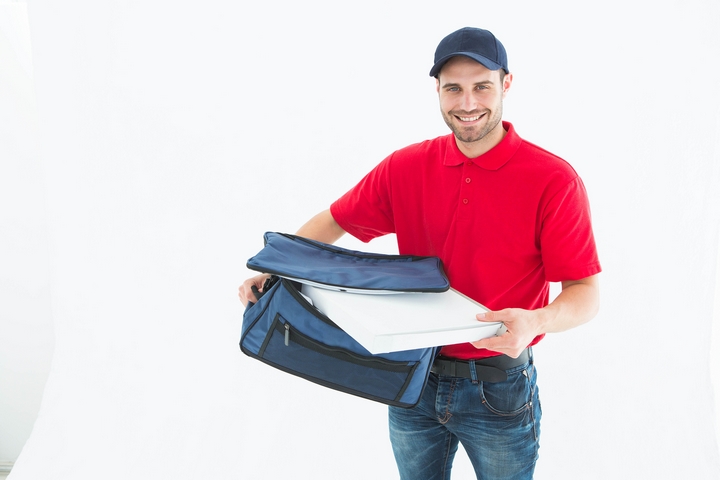
Some meal delivery services do it better than others when it comes to safety. If you aren’t confident in a service’s ability to maintain safety or see negative reviews, don’t use them. Every service has slightly different delivery processes.
3. Minimize Spills
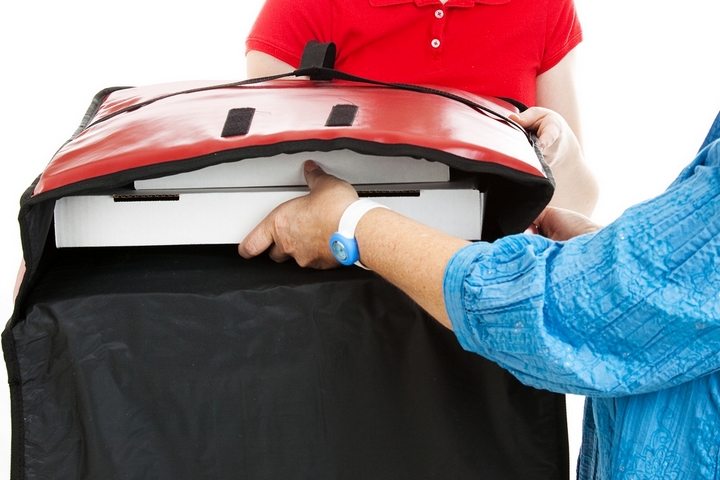
When it comes to food delivery safety, minimizing spill if very important. Food is presented in a specific way. When one isn’t carefully handling food, it can spill out of a container. Sometimes an issue is when foods spill inside their container. If there’s a defect in container design, foods can spill and cross-contaminate not only at a molecular level but in temperature.
4. Delivery Duration
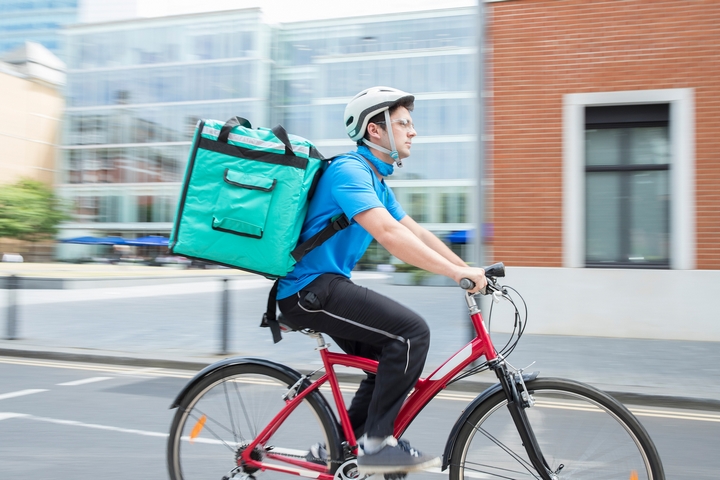
Even food that’s excellently packaged and prepared, it will still inevitably become unsafe. It may take minutes, hours, days, or weeks. For the sake of the customer, delivery duration matters. The shorter the duration food is kept in the possession of the delivery driver, the better. Kitchen conditions can be better controlled than those inside a moving vehicle.
5. Insulated Bags
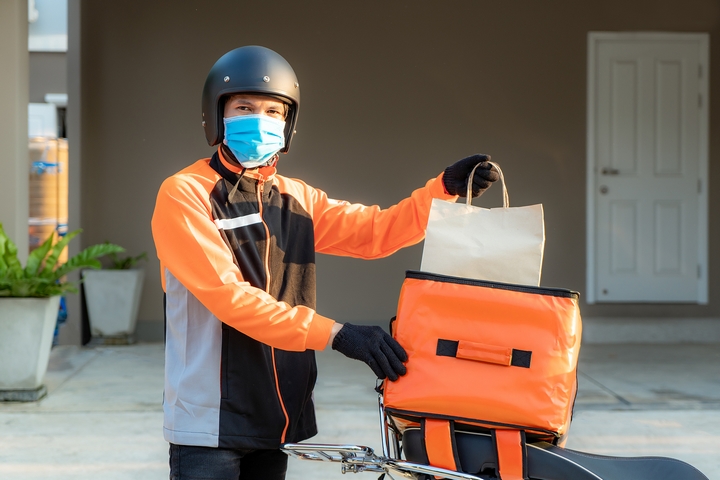
Insulated bags are a must-have in food delivery. They keep food warm and fresh, ensuring the integrity of the packaging isn’t negatively affected by the weather, temperature, or other conditions. Thick insulation holds food well and at its recommended temperature, reducing bacteria exposure and other safety risks.
6. Sealed Packaging
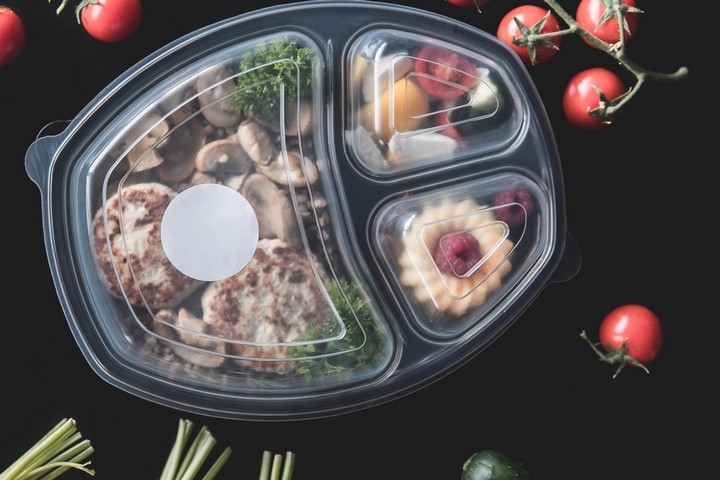
For sauces, dressings, and similar liquid-type foods, sealed packaging is best. This reduces the bacteria that the food will come in contact with and keep the moisture inside the container. Sealed packaging isn’t a necessity but it helps.
7. Separating Hot And Cold
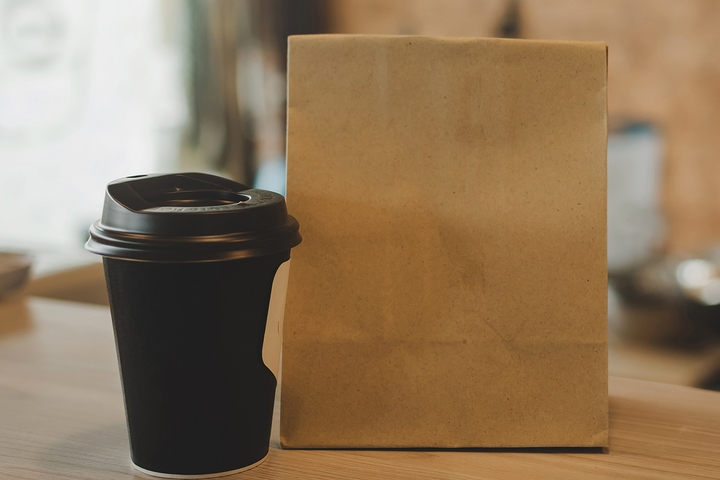
Hot foods melt cold foods. Cold foods make hot foods less and less warm. Separating these are necessary in food delivery as the time it takes to move foods from the restaurant to a home is a risk. Whether it’s home delivery groceries, subscription meal kits, fast food delivery, or mail-order food, all these have to take into account this type of separation.
8. Sanitization in the Vehicle

A delivery vehicle at the end of a shift is going to have been caught with a ton of smells, food particles, and more. Sanitization is key, pandemic or no pandemic. A driver should be cleaning things up on a schedule. This may be just a quick spray-and-wipe. Ensure the vehicle is matched with only food-safe sanitizers and cleaners.
9. Long-Lasting Ingredients
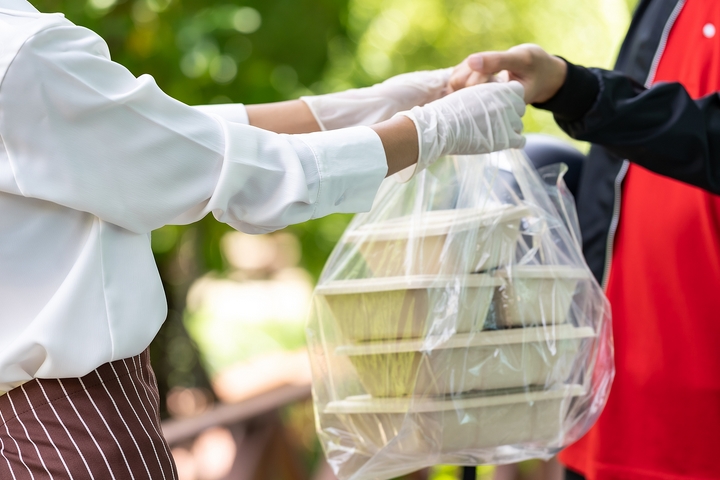
For this, the delivery driver has no control. Some foods are made from or with ingredients very natural to delivery, such as pizza. Then, there are foods – such as a cheesecake – where ingredients aren’t supposed to be in-wait for long. Long-lasting ingredients matter. It pays for restaurants to work from established brands that have been used in food delivery for years with success.
10. Food Safety in the Kitchen
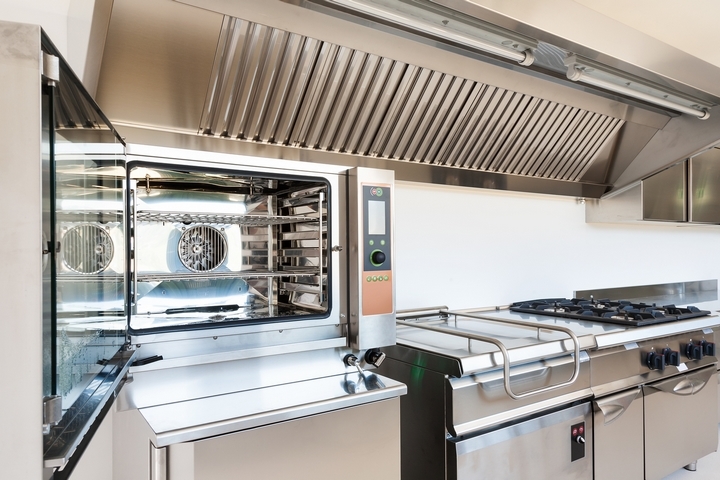
Sometimes we mistake unsafe food to originate from the delivery when it’s the kitchen that’s the problem. Ensure the restaurant receiving orders isn’t relying on foods that are spoiled or tainted. Ensure regular checks are being performed and that workers are sufficiently trained with how to uphold food safety standards. That said, one can only do so much. The responsibility is on the restaurant.
11. Face Masks, Gloves, Etc.
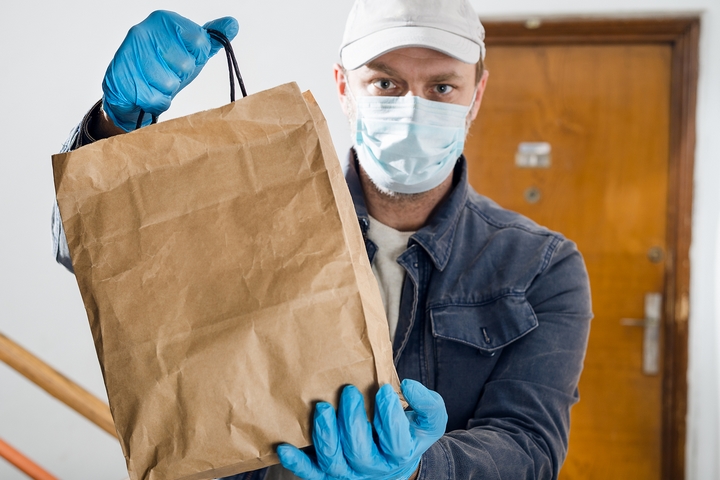
A delivery driver should ideally be equipped with the required safety accessories to handle delivery foods. This may include wearing a face mask, gloves for certain foods, and other materials. This isn’t a necessity but can help in ensuring food delivery safety.
12. Store Food In A Safe, Secure Place
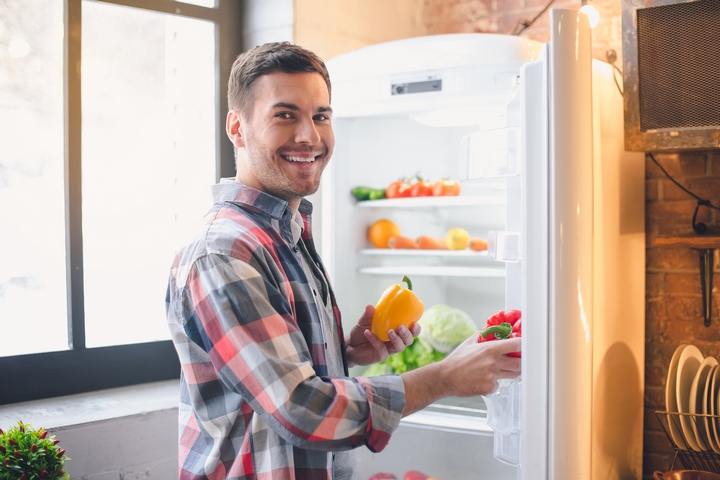
When food arrives, it shouldn’t be left outside on a step. It also shouldn’t be kept out on a countertop. Depending on what the food is, it should be kept in a comfortable, shaded area. Ideally, hot prepared foods will be eaten when they arrive and cold foods will be refrigerated. Allowing foods to sit on the counter will expose them to the sort of temperatures you don’t want.
13. Food Weight
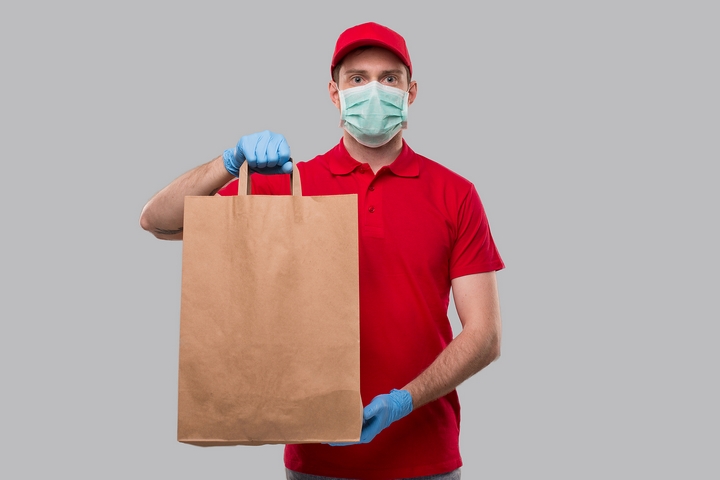
The weight of the food should be taken into account when stacking them or positioning them in a delivery vehicle. You don’t want to damage the packaging, or flatten, damage, or harm your food. From pies and cakes to pizzas, hamburgers, fries, and more, these foods can get poked, broken, flattened, and worse. Food delivery safety relies on maintaining food in the way it’s intended.


